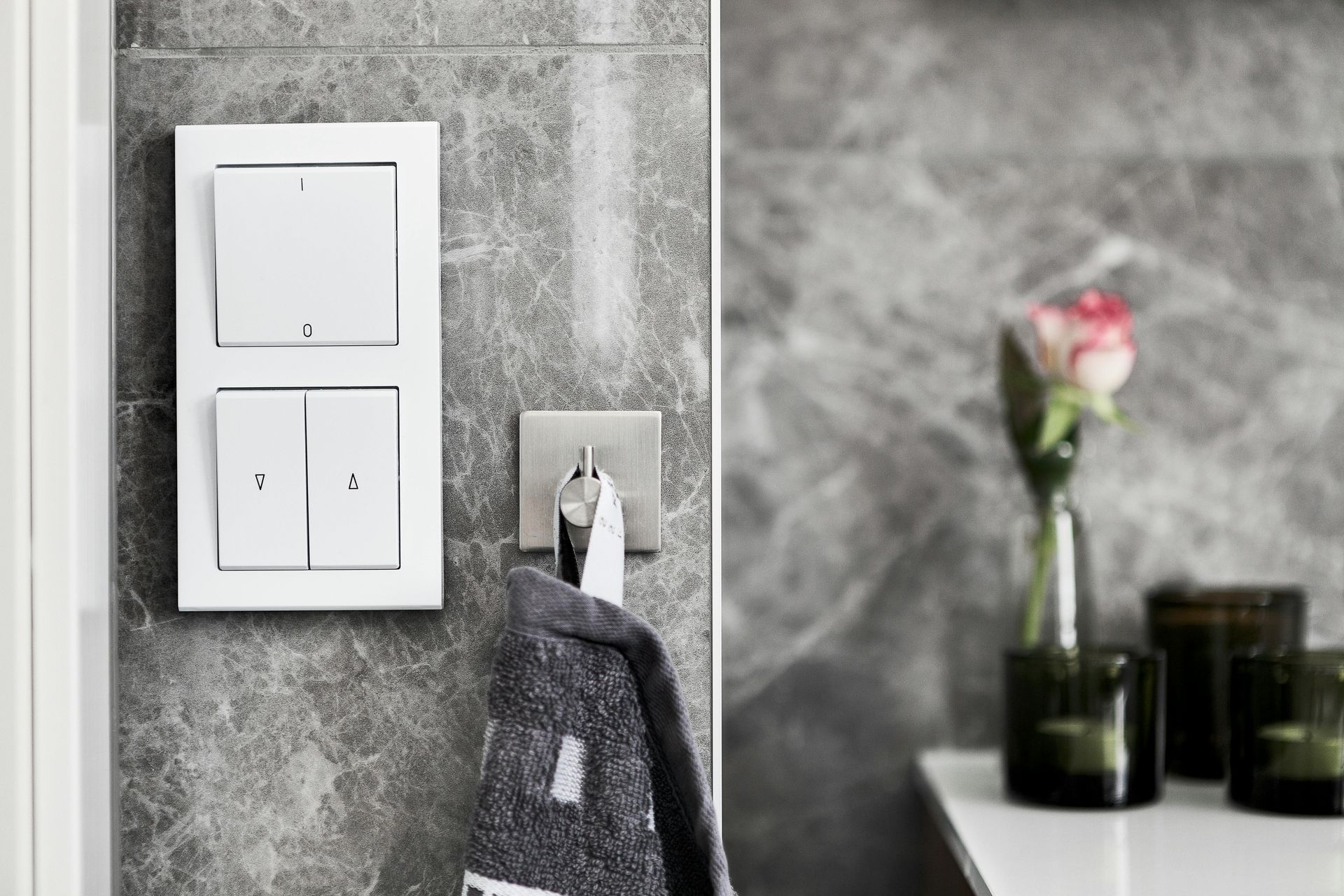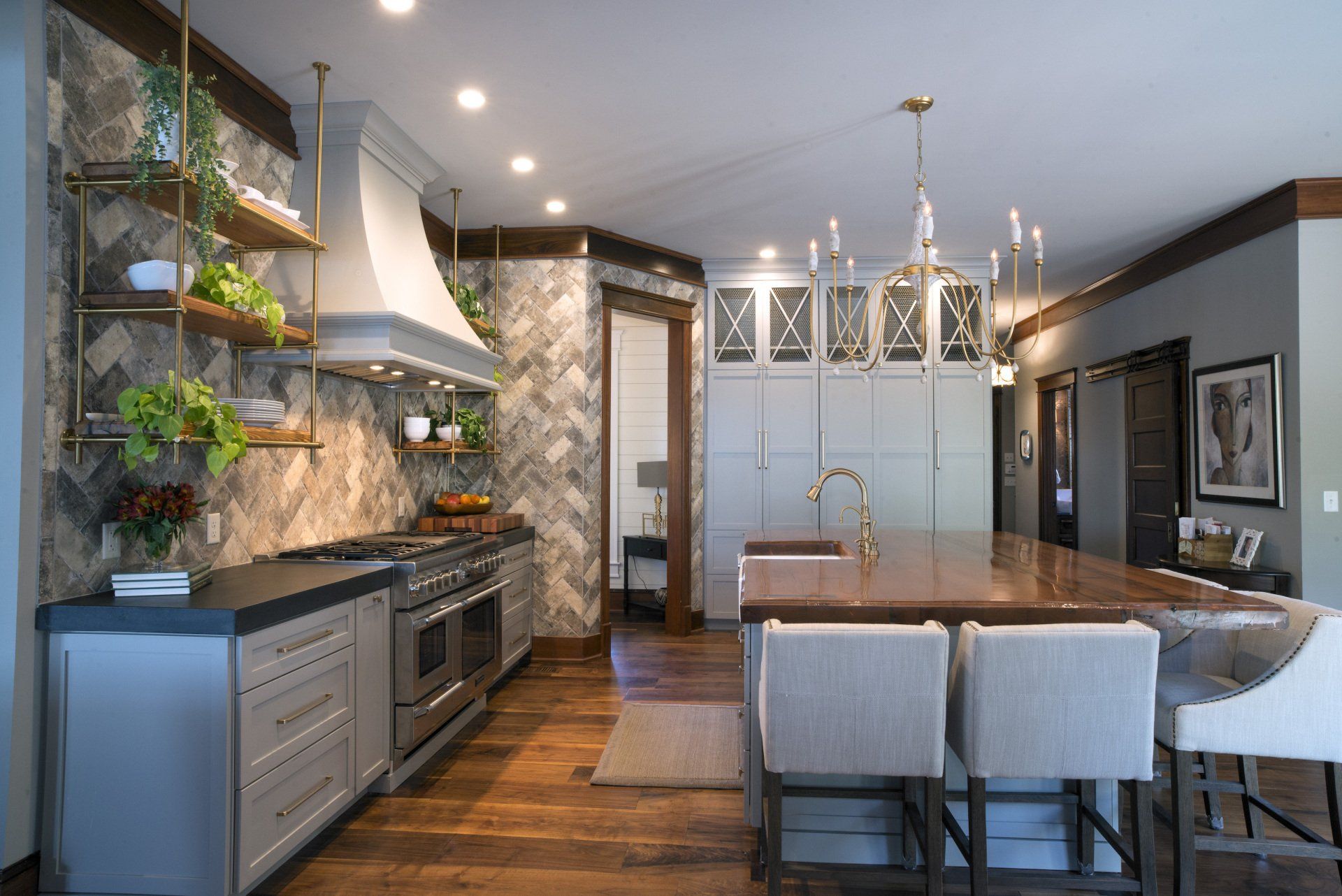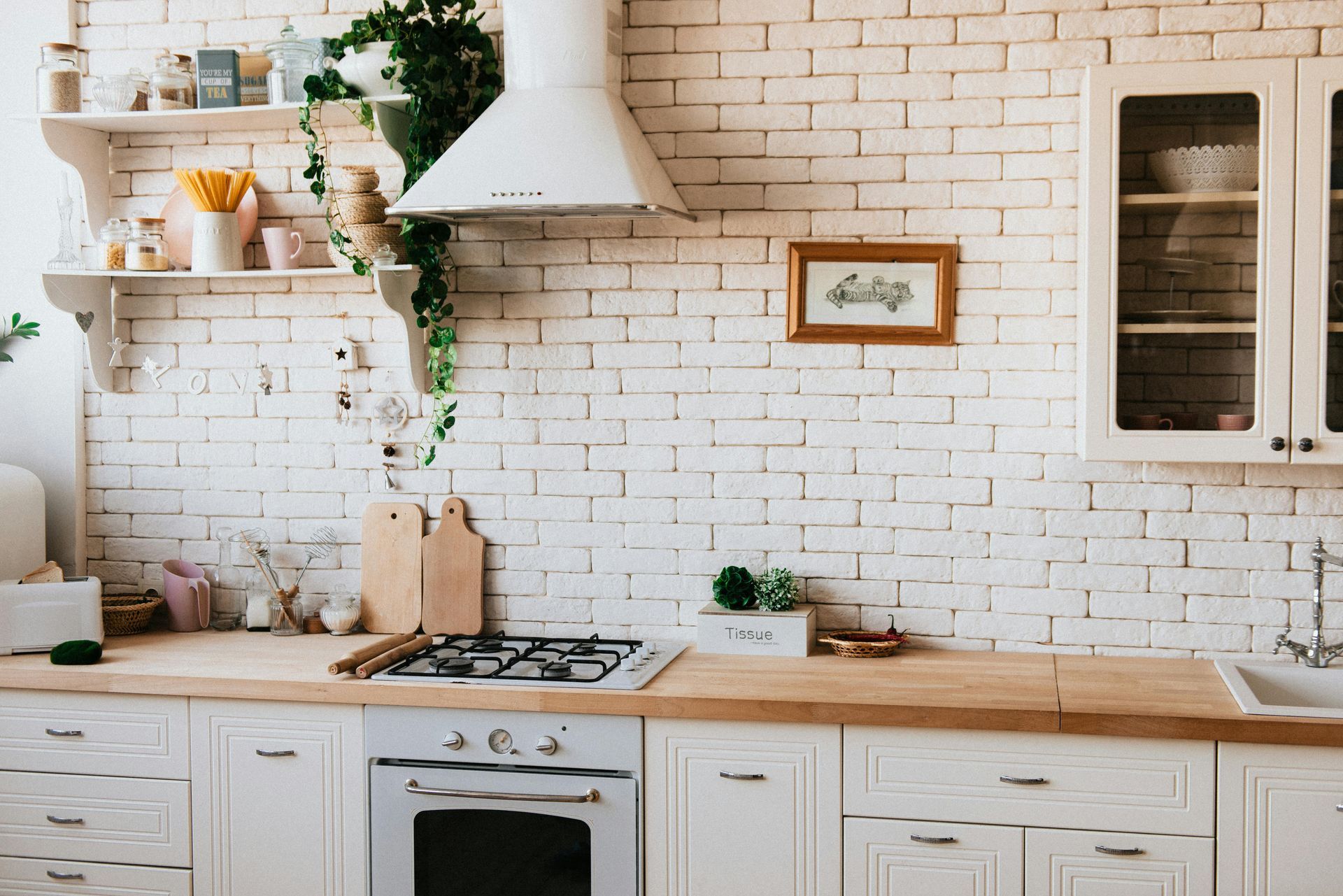How much will it cost is the number one question homeowners in Chattanooga ask when they plan to create their dream kitchen. That’s a difficult question to answer, because there are so many factors to consider. That is the reason many homeowners in Chattanooga have a difficult time determining their goals and setting a realistic budget for their kitchen remodel without the help of a professional. Sure, you could search the Internet or watch home improvement television for estimates and ideas, but those sources are riddled with misinformation and misrepresentations. Home improvement television often does not include the cost of appliances, custom features that you want, design fees or infrastructure expenses, e.g. the movement of electrical lines, plumbing lines, structural changes, ventilation and so on. Plus, their timetables typically don’t include time for design, code approval, scheduling, product ordering and other factors, giving homeowners in Chattanooga unrealistic and unachievable expectations.
Online resources also do not account for the myriad of variables and decisions that influence cost. Imagine trying to estimate the cost of buying a new car without knowing the make, model, or special features. That’s what online resources attempt to do when offering budgeting guidance for new kitchens.
The major factors that influence the cost of a new kitchen include:
- Goals of the remodel
- Size of the kitchen
- Scope of the renovation
- Quality and type of selected materials and finishes
- Quality of the renovation plan
- Quality of plan implementation
Cabinets are the most influential product in the aesthetic design of a kitchen. The cost of cabinets is driven by door style, material and finish. Simply changing the style or finish of a cabinet can increase cost by 10 to 30 percent. Cabinets also are key to the longevity of your kitchen. That’s why they are often considered the backbone of the kitchen. It’s easier to replace an appliance. It’s more difficult to change cabinetry. Invest in cabinets that can withstand the test of time.
Keys to controlling costs include:
- Depend on a single source to coordinate and manage the entire project. Relying on multiple vendors can be penny wise and dollar foolish. Working with multiple suppliers for appliances, cabinets, countertops, lighting, etc. takes more time, is almost impossible to coordinate and will almost always cost more than working with a single source that can put all the pieces of the puzzle together and maintain an agreed-to budget.
- Make a complete plan and budget and stick to it. Don’t start demolition until you’ve specified all of the products and finishes you need and an order schedule is established. When you change your mind, you delay the project’s completion and increase your cost. Recent industry surveys found changing scope during the course of a renovation is the reason why 33 percent of kitchen renovation projects go over budget.
The best way to establish a realistic and achievable budget for your new kitchen is to give us a call at 423-266-0077 or make an appointment to visit our showroom either in person at 2601 Broad St or virtually and let us guide you through the variables that influence cost and provide recommendations to help ensure your dreams are realized.





